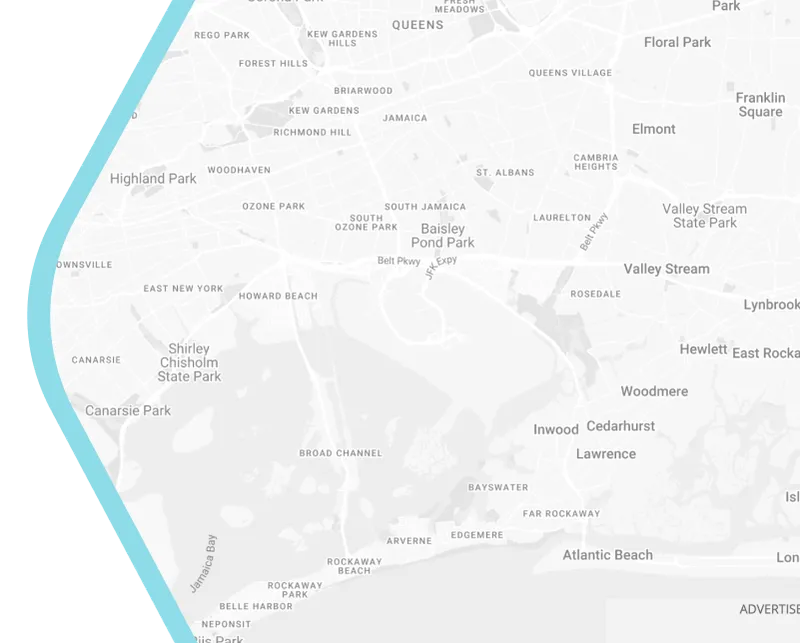
Built Environment Factors for Active Mobility
How cities design their built environment is one crucial determinants of the utilisation of active mobility in their local municipalities. The land use planning that determines the diversity of use, density of population, connectivity to nearby areas and the accessibility of the infrastructure can either invite or hinder people to choose walking and cycling as their transport mode for daily and leisure commutes. Land use that are diverse with significant density of activity and population promotes the attractiveness of walking and cycling. Density and diversity of activity in a certain area led to higher amount of personal contact and possible activities and reduce distance for people to walk and cycle to various needs. The compact land use planning with addition to appropriate connectivity with neighbouring areas and proper accessibility for various mobility abilities are also important in promoting active mobility. Great design of the cycling and walking infrastructure further improve the perceived and objective safety for the users. For example, having traffic calming infrastructure and wider pedestrian area that are separated away from cars and heavy vehicle make the road safer for people walking and cycling. In addition, the scale of the building may also influence the choice of active mobility. Neighbourhood with lower to medium height of building are design to be at the human scale and adequate for the horizontal sensory apparatuses, making the area more attractive and convenient for people to have optional, s[spontaneous and social activities.
Reference
Koszowski, C., Gerike, R., Hubrich, S., Götschi, T., Pohle, M., & Wittwer, R. (2019). Active mobility: bringing together transport planning, urban planning, and public health. In Towards User-Centric Transport in Europe (pp. 149-171). Springer, Cham.
